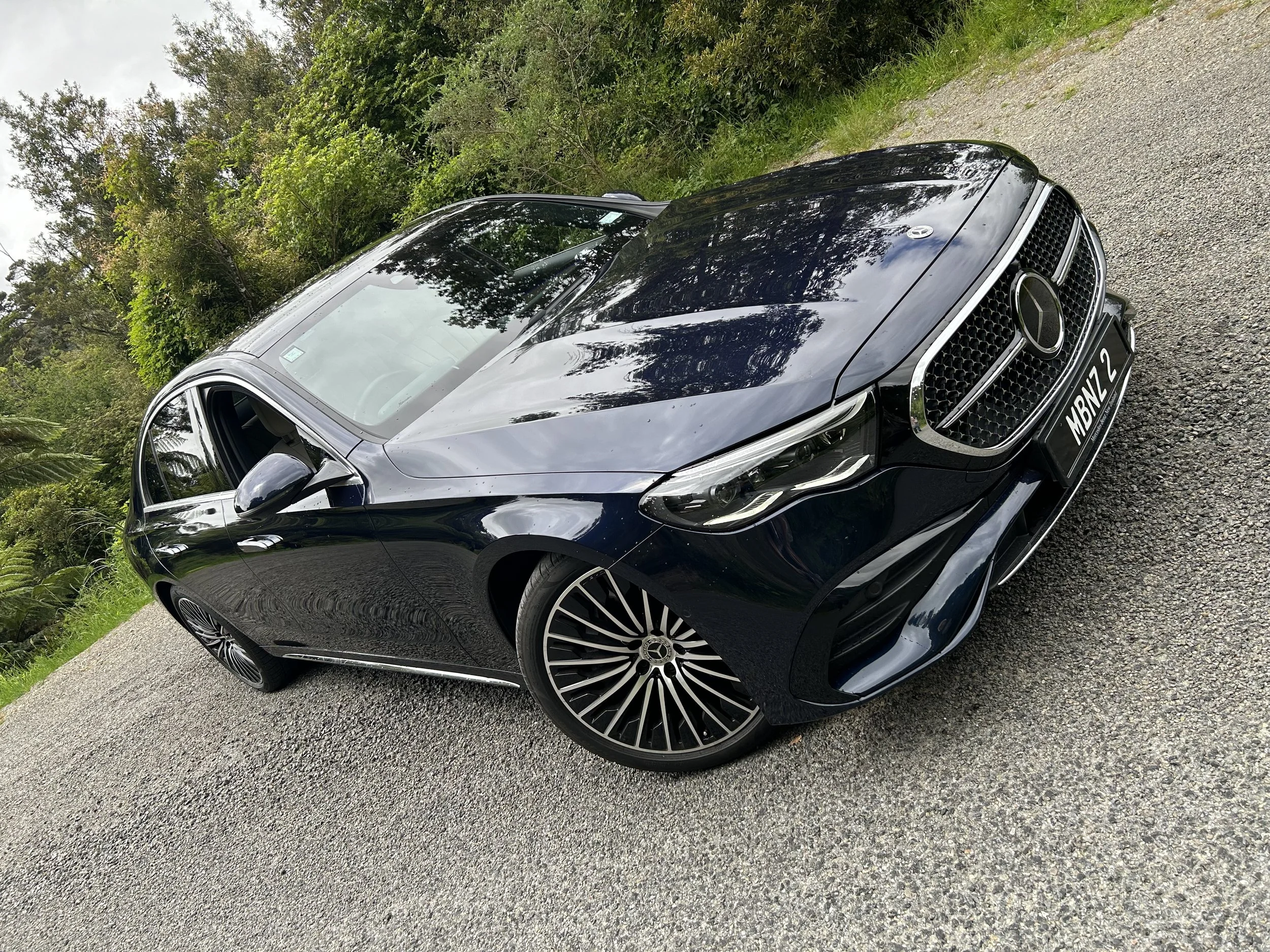New HR-V revealed
/Hybrid-only powertrains for primary markets.
TECHNICAL details remain unconfirmed, save that it’s a petrol-electric drivetrain promising “exceptional” efficiency, obviously wrapped into a brand new shape.
More detail is expected to follow in respect to the new-generation Honda HR-V, revealed by the brand today ahead of a global sales roll out that, according to overseas reports, might keep it from New Zealand for some months yet.
Europe is a priority market – yeah, all to do with need to meet that tough and now fully-enforced emissions target – and versions sold there will fitted as standard with a hybrid powertrain, combining a small petrol engine with two electric motors.
Engine size, power and torque outputs, and fuel economy figures have all yet to be announced, as of publishing, but there’ll be no great surprise if it transpires to be a variation of the single-motor hybrid set up version that develops 80kW in the related Jazz hatchback offered in Europe and also set for NZ release soon.
See much new in this third-gen car’s look? Of course you do.
The shape retains a trademark styling cue, those 'hidden' rear door handles but is now far more coupe-like and it takes LED head and tail lights, light strips, a stripe-pattered grille and high-spec models adopt 18-inch rims, whereas entry-level grades have16s.
The dominant feature within a cabin redesigned to maximise the feeling of spaciousness is a new 9.0-inch central infotainment touchscreen with satellite navigation, an inbuilt Wi-Fi hotspot and 'Honda Connect' connected services.
The current car’s versatile folding 'Magic Seats' are retained and it achieves a hands-free power tailgate.
Heated seats, LED interior lighting, a premium sound system, a 'Honda Digital Key' service allowing owners to unlock their car via their smartphone an an air diffusion system that sends a "curtain" of fresh air through new L-shaped vents are other stand-outs worthy of animated discussion at the garden centre.












































